- Fixed Income Investment Specialist
Skip to main content
- Funds
- Insights
- Capabilities
- About Us
- My Account
The views expressed are those of the author at the time of writing. Other teams may hold different views and make different investment decisions. The value of your investment may become worth more or less than at the time of original investment. While any third-party data used is considered reliable, its accuracy is not guaranteed. For professional, institutional, or accredited investors only.
After years of near deflation across much of Europe, the region is now witnessing persistent price increases. Second-order effects of recent geopolitical developments, particularly the ongoing war in Ukraine, are intensifying the current inflationary environment. This apparent shift to a higher inflation regime, with the resulting expectation of tighter monetary policy and rising interest rates, presents a material challenge for European fixed income investors, raising questions such as:
How best to answer these questions depends on the specific circumstances of each investor, but over the coming months, we aim to share some pointers to help European investors think through the implications of higher inflation for their fixed income portfolios. As a first step, let’s take a closer look at the challenges presented by today’s uncertain market backdrop.
Following the reopening of the global economy, markets have shifted their focus to how central banks plan to unwind monetary stimulus and respond to the new, more inflationary environment, with potential implications varying by asset class and region.
Fear of potentially derailing the economic recovery initially led global central banks to tolerate price increases well above their normal inflation targets, but faced with stubbornly high inflation readings, most have now changed course (albeit at different speeds). The tragic events in Ukraine have added another layer of uncertainty to the macroeconomic picture, but they have not (yet) altered our belief that investors should prepare for the end of accommodative monetary conditions and consider positioning their portfolio allocations accordingly.
For financial markets, one of the most striking implications of the Russia/Ukraine conflict has been the sharp upward moves in energy and other commodity prices recently. (Both countries are major global commodity exporters.) If anything, this has reinforced our outlook for higher short- and medium-term inflation and the resulting need for tighter monetary policy (including higher interest rates).
As world central banks react to inflationary pressures at different speeds, we see an increased likelihood of a divergence in interest-rate cycles. This may have ramifications for European assets and asset owners who seek to hedge their global portfolio exposures:
Ultimately, a myriad of factors and potential scenarios could impact fixed income returns over the short and medium term as we progress throughout 2022 (Figure 1).
In summary, the current global environment is characterised by widespread, rapid reflation and diverging central bank monetary policy responses, but also by heightened uncertainty around geopolitical risks. Despite the challenges posed by this environment, we believe market opportunities remain plentiful and the role of a diversified portfolio paramount for fixed income investors.
In practice, European investors have a variety of tools at their disposal to help navigate this global landscape, including mechanisms to defend against — and potentially take advantage of — rising inflation and interest rates. For example:
Given the number of “known unknowns” these days and the broad range of potential outcomes going forward, we encourage fixed income investors to be as flexible as possible and to consider adjusting their base cases (and their portfolio allocations) as new information arises.


Japan's reflation story: An overlooked equity opportunity?
Continue readingCommercial real estate debt: Transitional assets deep dive
Continue readingTwilight zone: how to interpret today’s uncertain macro picture
Continue readingURL References
Related Insights
Stay up to date with the latest market insights and our point of view.

Are hedge funds the missing ingredient?
Inflation, volatility, and valuations — they all raise questions about portfolio diversification and resilience. Multi-Asset Strategists Nanette Abuhoff Jacobson and Adam Berger explain why multi-strategy and equity long/short hedge funds could provide the answers. They offer insights on adding allocations to a traditional portfolio mix and a recipe for manager selection.

Japan's reflation story: An overlooked equity opportunity?
Macro Strategist Nick Wylenzek analyzes the structural shifts in Japan's economy and identifies potential equity opportunities.

Commercial real estate debt: Transitional assets deep dive
Our private commercial real estate debt experts explore transitional CRE assets, highlighting their key characteristics, how they differ from other parts of the CRE debt universe, their potential roles in a portfolio, and much more.
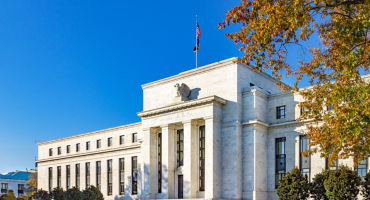
FOMC: Cushioning the US labor market
Fixed Income Portfolio Manager Jeremy Forster analyzes the Fed's decision to cut interest rates at the September FOMC meeting.
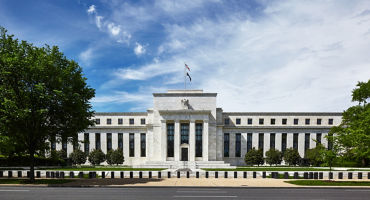
Is it time to prepare for stagflation?
Discover why concerns about stagflation are rising, and how asset allocators may be able to hedge the effects on their portfolio.

Twilight zone: how to interpret today’s uncertain macro picture
Macro Strategist John Butler and Investment Director Marco Giordano explore how to interpret today’s uncertain macroeconomic picture and its key implications.
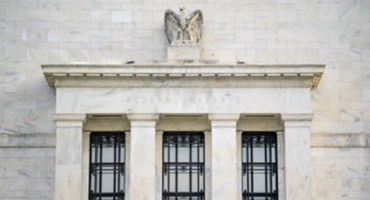
Rethinking the Fed’s dual mandate
Is it time for a fresh perspective on the dual mandate? Fixed Income Portfolio Manager Brij Khurana explores the potential benefits of reorienting monetary policy toward maximizing productivity.

Stagflation watch: Thoughts on tariffs, inflation, and Fed policy
US Macro Strategist Juhi Dhawan considers signs the US economy may be moving toward a toxic mix of slowing growth and rising inflation, creating challenges for the Fed and investors.
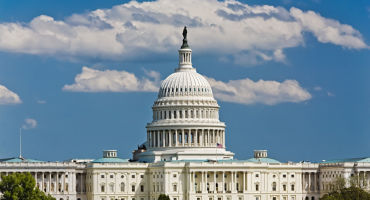
One Big Beautiful Bill: Why it’s “buy now, pay later” for markets
Multi-Asset Strategist Nanette Abuhoff Jacobson weighs the near-term benefits of the recently enacted US tax and spending bill against the longer-term costs, and suggests several investment implications.

The power of positive and pragmatic thinking
While markets have a lot to worry about, from government policy to geopolitics, Global Investment and Multi-Asset Strategist Nanette Abuhoff Jacobson looks at the world from another angle: What could go right? She offers five reasons for positive thinking and considers the investment implications.
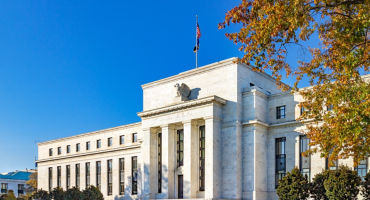
FOMC: Patiently waiting to ease
Jeremy Forster discusses the Fed's steady policy rates, inflation forecasts, and potential interest rate cuts amidst economic uncertainties.
URL References
Related Insights